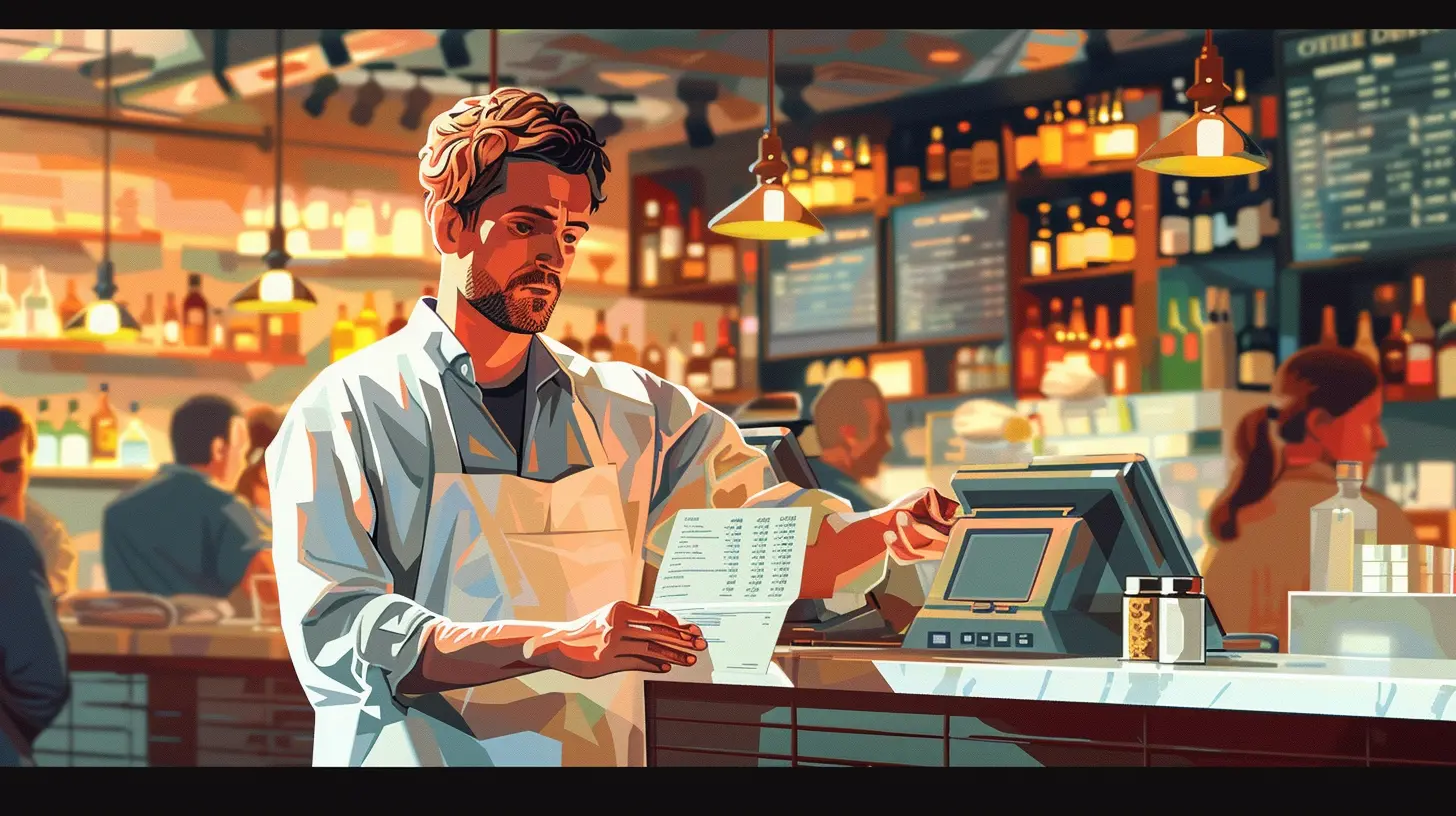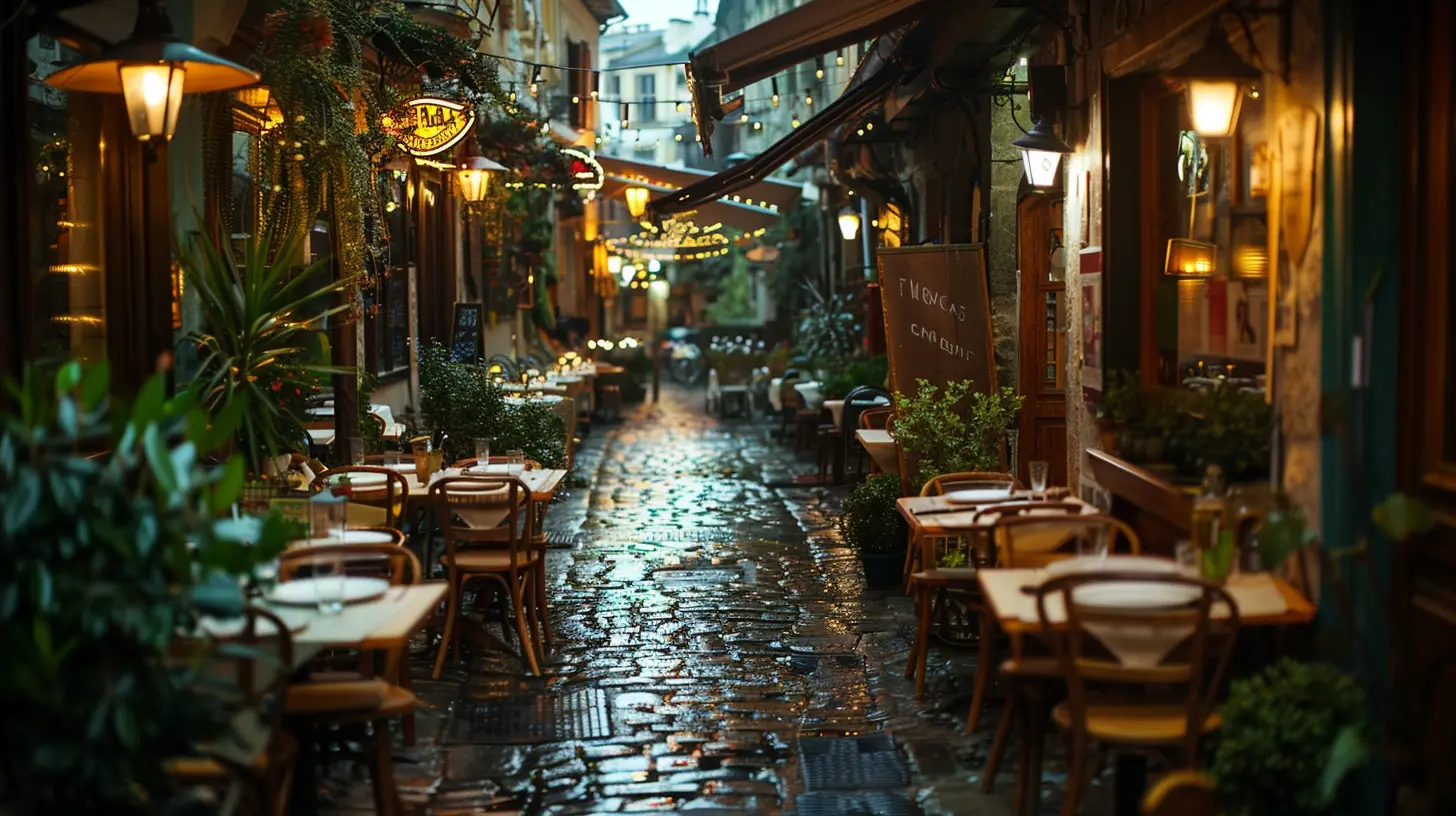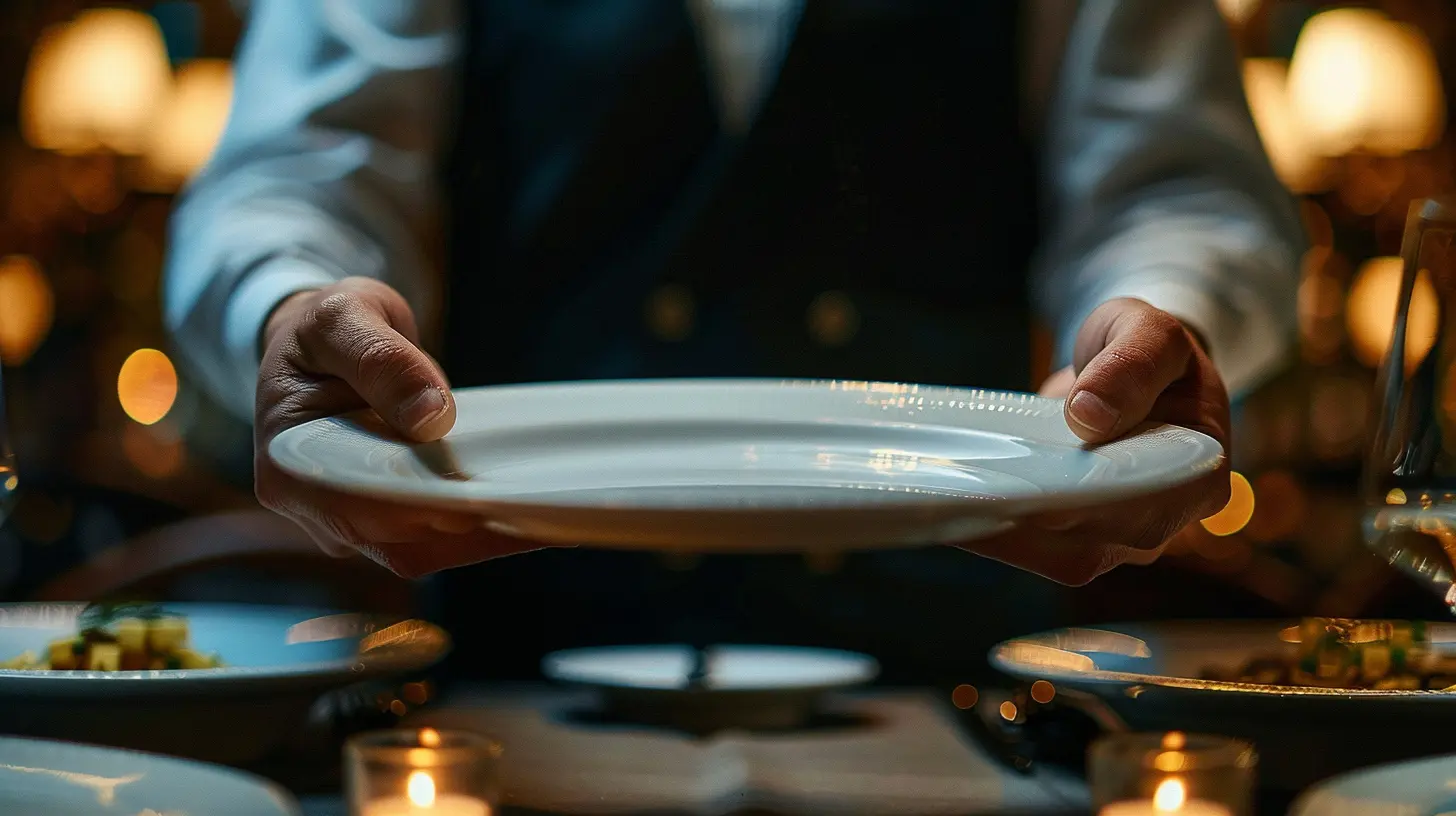Getting a Raw Deal: The Art of Dodging Restaurant Scams
9 September 2025
So, picture this. You’re wandering through a charming cobblestone alley in Rome, feelin’ a bit peckish after gawking at ancient ruins. A smiling waiter locks eyes with you and waves you over like you’re royalty. You take a seat, breathe in that garlic-simmered air, and order what seems like a safe dish. Fast forward an hour, and you’re staring at a bill the size of your rent with mystery charges galore.
Sound familiar?
Whether you’re backpacking across Asia, living your best life in Europe, or just enjoying a weekend getaway, restaurant scams are everywhere. The good news? You don’t have to fall for them. Not today, not tomorrow, not ever.
Let’s dive into the art of dodging restaurant scams like a pro. You’re about to become the Sherlock Holmes of shady menus and smiling scammers.
The Not-So-Tasty Truth About Tourist Traps
Restaurants designed to scam you aren’t run by chefs chasing Michelin stars. Nope. They’re businesses built on fooling tourists who don’t speak the language, aren’t familiar with local customs, and are too polite to argue about a mysterious "service fee."Tourist traps thrive in high traffic, picturesque places: near iconic landmarks, in medieval squares, or along cute canals. Charming? Absolutely. Authentic? Nah, not even close.
Common Restaurant Scams: Know Them, Beat Them
Let’s break down some of the sneakiest restaurant scams—because if you know what to look for, you won’t be easy prey.1. The “No Menu” Move
Ever been told, “No menu, everything fresh and local!”? Sounds romantic, right? Wrong. That’s code for “We’ll charge whatever we want.”How to Avoid It: Always ask to see a menu with prices before ordering anything. If they say no menu? No money from you.
2. The “Special of the Day” Surprise
A waiter might gush about the “chef’s special,” usually in a dramatic whisper like it’s a secret family recipe. They won’t mention the price unless you ask. Spoiler alert: it’s probably the most expensive item on the menu.Pro Tip: Ask for the price. If they dodge the question or act offended, that’s your cue to bail.
3. The Hidden Service Charges
Some places add a “coperto,” “servicio,” or downright shady “table fee” without telling you upfront. You’ll only see it when the bill arrives, and by then, it's too late to protest without a scene.Stay Woke: Read the menu closely. Transparent restaurants list all fees.
4. The Bread-and-Water Trap
That complimentary-looking breadbasket? It’s only "free" until you see the bill. Same with the water they pour without being asked.Solution: Politely say no or ask if it’s free beforehand. No shame in being cautious.
5. The Currency Conversion Con
You hand over your card, and they charge you in your home currency instead of the local one, adding a hidden conversion fee—sneaky!Avoid This: Always ask to be charged in the local currency. Better yet, pay in cash when you can.
6. The Switcheroo
You order a bottle of wine or a specific dish, but something slightly different—and pricier—arrives. When you point it out, they claim it’s “the same” or pretend not to understand.What To Do: Be polite but firm. If the item’s wrong and it wasn’t your mistake, don’t accept it.
The Psychology Behind The Scam
Tourists are ideal targets. Why? Because we often don’t want to rock the boat. We’re afraid of offending people, especially in foreign countries where we don’t speak the language.But remember, being a savvy traveler doesn’t make you rude—it makes you smart.
Just like you wouldn’t hand over your wallet to a stranger at home, you shouldn't blindly trust a menu-less restaurant owner on the Amalfi Coast.
Street Smarts: Spotting a Scammy Restaurant
Not all touristy restaurants are evil, but a few red flags should make you think twice before sitting down.1. Waiters Calling You Over
If you’re walking by and someone aggressively waves or blocks your path to show you a menu—run. Authentic, high-quality restaurants don’t need to beg for business.2. Laminated Menus with Photos
Yeah, we all love a good picture menu when we’re jet-lagged and starving. But when every dish looks like a Google stock photo, chances are it’s overpriced and underwhelming.3. Empty Restaurant in a Busy Area
There’s a reason they’re empty while surrounded by packed spots. Locals avoid these places for a reason.4. Overly Generic Menus
If the menu has 15 pages, serves pizza, pad Thai, sushi, and schnitzel all at once… that ain’t fusion. That’s confusion. And likely a trap.How to Choose a Legit Restaurant
Alright, enough horror stories. Let’s talk solutions. Here’s how you can find a genuine place to eat, even in the most touristy spots.1. Follow the Locals
If a spot is packed with locals who are chatting loudly and don’t speak English, congratulations—you’ve probably found a gem.2. Use Reputable Review Sites (With Caution)
TripAdvisor and Google Reviews can help, but beware of fake reviews. Look for consistent comments and recent ones. A place with 500 five-star reviews and very little detail? Suspicious.3. Avoid Prime Real Estate
That restaurant with outdoor seating that overlooks the Eiffel Tower? Beautiful view, awful food. Walk just a few blocks away and you’ll find better food at half the price.4. Ask Your Host or Airbnb Guide
Locals love to recommend hidden treasures. Plus, they know all the scams. Just make sure they’re not getting a kickback.When You’ve Been Scammed—Now What?
First, take a breath. It happens to the best of us. But you don’t have to just eat the cost (pun intended).- Speak up politely. Sometimes it's a genuine misunderstanding.
- Take a photo of the bill. Useful if you need to dispute charges later.
- Report it. Especially in the EU or other regulated countries, tourism boards take complaints seriously.
- Warn others. A quick review can save countless travelers the same pain.
Food Should Be Fun—Not Fraudulent
Let’s get real for a second. Dining abroad should be one of the highlights of your trip. It’s where stories are swapped, local life is observed, and real cultural connections happen.But getting hustled over a plate of pasta or a glass of house wine? That leaves a bad taste in your mouth—literally and metaphorically.
From now on, you’re not just a traveler. You’re a food scam-dodging ninja.
Final Bite-Sized Tips
- Always ask for the price of anything not on the menu.- Never assume free = actually free.
- Use maps and apps to scout ahead.
- Trust your gut. If it feels off, it probably is.
- Don’t let one bad experience ruin your food adventures.
Travel Smart, Eat Smarter
Every seasoned traveler has a “restaurant scam” story in their back pocket—but that doesn’t mean you need to add one to your collection.Going forward, you’ve got the tools. Next time you sit down for a meal abroad, you’ll know exactly what to watch out for. And when the waiter tries to pull a fast one? You’ll smile, stand up, and take your business where it’s truly appreciated.
Let someone else get the raw deal. You? You're holding out for the real deal.
all images in this post were generated using AI tools
Category:
Travel ScamsAuthor:

Taylor McDowell
Discussion
rate this article
2 comments
Noelle Riggs
Great insights! It's crucial for travelers to be aware of potential scams and prioritize their dining experiences to avoid unpleasant surprises.
December 9, 2025 at 5:12 PM

Taylor McDowell
Thank you! I'm glad you found the insights helpful. Staying informed is key to enjoying safe dining experiences while traveling!
Myles McMeekin
Understanding the nuances of dining can transform a meal into an authentic experience.
September 9, 2025 at 4:22 AM

Taylor McDowell
Absolutely! Paying attention to dining nuances enhances the experience and can help you spot potential restaurant scams.


